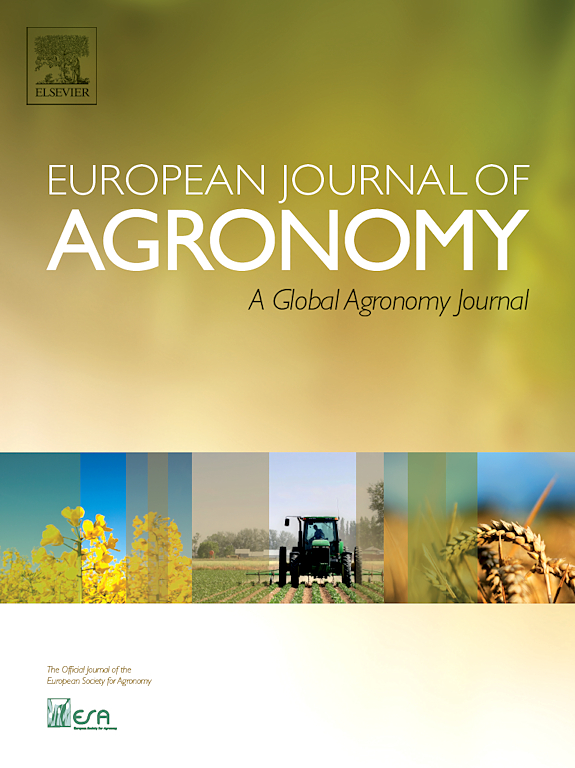Ver ítem
- xmlui.general.dspace_homeCentros e Institutos de InvestigaciónCIAP. Centro de Investigaciones AgropecuariasInstituto de Patología VegetalArtículos científicosxmlui.ArtifactBrowser.ItemViewer.trail
- Inicio
- Centros e Institutos de Investigación
- CIAP. Centro de Investigaciones Agropecuarias
- Instituto de Patología Vegetal
- Artículos científicos
- Ver ítem
Marriage between variable selection and prediction methods to model plant disease risk
Resumen
Predicting the risk of a disease in a pathosystem based on a set of climatic variables usually requires handling a high number of input variables, many of which are often irrelevant and/or redundant. Building linear predictive models entails not only dimensionality issues but also the negative impact of multicollinearity. Several feature selection methods have proved to be efficient in both linear and non-linear models, regardless of those issues.
[ver mas...]
Predicting the risk of a disease in a pathosystem based on a set of climatic variables usually requires handling a high number of input variables, many of which are often irrelevant and/or redundant. Building linear predictive models entails not only dimensionality issues but also the negative impact of multicollinearity. Several feature selection methods have proved to be efficient in both linear and non-linear models, regardless of those issues. However, in a machine learning (ML) context, it is necessary to evaluate these feature selection methods embedded into the model fitting algorithm to obtain the greatest accuracy. The aim of this work was to assess different combinations of variable selection methods with linear and non-linear predictors to fit climate-based models that predict the occurrence of a disease in a pathosystem. Four selection methods were compared: stepwise, which is frequently used in linear models, combined with VIF and p-value statistical criteria (Step+VIF+Pv), and other methods commonly used in ML: filter (F), genetic algorithm (GA), and Boruta (B). The disease risk predictors were constructed with a logistic linear regression model (LR) and the random forest (RF) algorithm, using all the available variables and the subgroups of variables selected by each feature selection method. Data from three pathosystems were processed: two involving Begomovirus –one in common bean (Phaseolus vulgaris L) and the other in soybean (Glycine max)– and the third one involving Mal de Rio Cuarto virus in maize (Zea mays L.). The data sets differed in sample size and number of variables. The accuracy of RF prediction did not vary among feature selection methods. Step+VIF+Pv was used to reduce the model outperformed the other feature selection methods in fitting LR. Our proposal suggests that the appropriate pairing of variable selection and prediction models would improve the modeling of plant disease risk.
[Cerrar]

Autor
Suarez, Franco;
Bruno, Cecilia;
Kurina Giannini, Franca;
Gimenez, Maria;
Rodriguez Pardina, Patricia;
Balzarini, Mónica Graciela;
Fuente
European Journal of Agronomy 151: 126995 (November 2023)
Fecha
2023-10-11
Editorial
Elsevier
ISSN
1161-0301
Formato
pdf
Tipo de documento
artículo
Palabras Claves
Derechos de acceso
Restringido
 Excepto donde se diga explicitamente, este item se publica bajo la siguiente descripción: Creative Commons Attribution-NonCommercial-ShareAlike 2.5 Unported (CC BY-NC-SA 2.5)
Excepto donde se diga explicitamente, este item se publica bajo la siguiente descripción: Creative Commons Attribution-NonCommercial-ShareAlike 2.5 Unported (CC BY-NC-SA 2.5)


